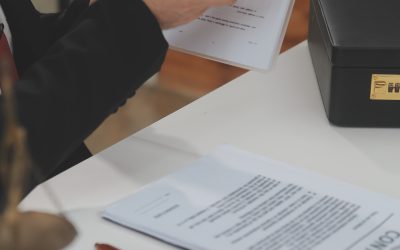For more than 50 years, powder coating has become the standard for enhancing the surface of many items and their components. Industrial powder coating, a now highly automated process, is environmentally friendly as well as beneficial to the products it coats. However, any process, no matter how beneficial and technologically advanced is only as strong as its weakest link. In the application of industrial powder coatings, this is the preparation phase.
Methods of Applying Industrial Power Coatings
Fabricators and finishers have a choice of methods. The two major ones are:
- Electrostatic Spraying: The applicator tool is one of a variety of electrostatic powder guns
- Fluid Bed: This method is a bit more elaborate. It may involve directly dipping the component into a container of fluidized powder. Alternatively, the item may be passed through an electrically charged powder “cloud.”
It is up to the client and the fabricator to determine which method will prove to be the most effective in applying the industrial powder coating.
The Need for Preparation
Yet, no matter what method you choose to employ, the work may end up with defects. The powder coating may exhibit serious flaws. Reduction of such problems, or even elimination, is possible, if you make the right preparations before you actually proceed to coat the material. In other words, preparation or pre-preparation work is critical for a successful job. The following are the basic steps you need to consider before you actually powder coat your components.
Disassemble: Take the items apart – unless it consists of a single unit. consider the method you are going to use and the material before you disassemble the piece
Clean: Clean off every single part thoroughly removing grease, grime, dirt and oil
Strip: Remove all prior paint, powder or similar coatings
Outgas: Outgas any part of iron or aluminum to ensure all grease is removed
Sandblast and/or Phosphate Coat: This will remove any lingering particles that are between you and the bare metal
Clean: Remove any dust acquired during the sandblasting process
Mask: If you need to mask certain parts of the part, do so now
Only after you are certain the part is absolutely free of any contaminants, particles and obstructions, should you proceed with the actual coating.
Industrial Powder Coating
Industries that want to protect a component and their product from various corrosive and environmental products often turn to various coating methods. Powder coating, because of its “green” aspects is increasingly becoming a technique of choice. Yet, before a fabricator or finisher employs any method of industrial powder coating application, he or she must always make sure a critical step is adhered to – preparation work.



